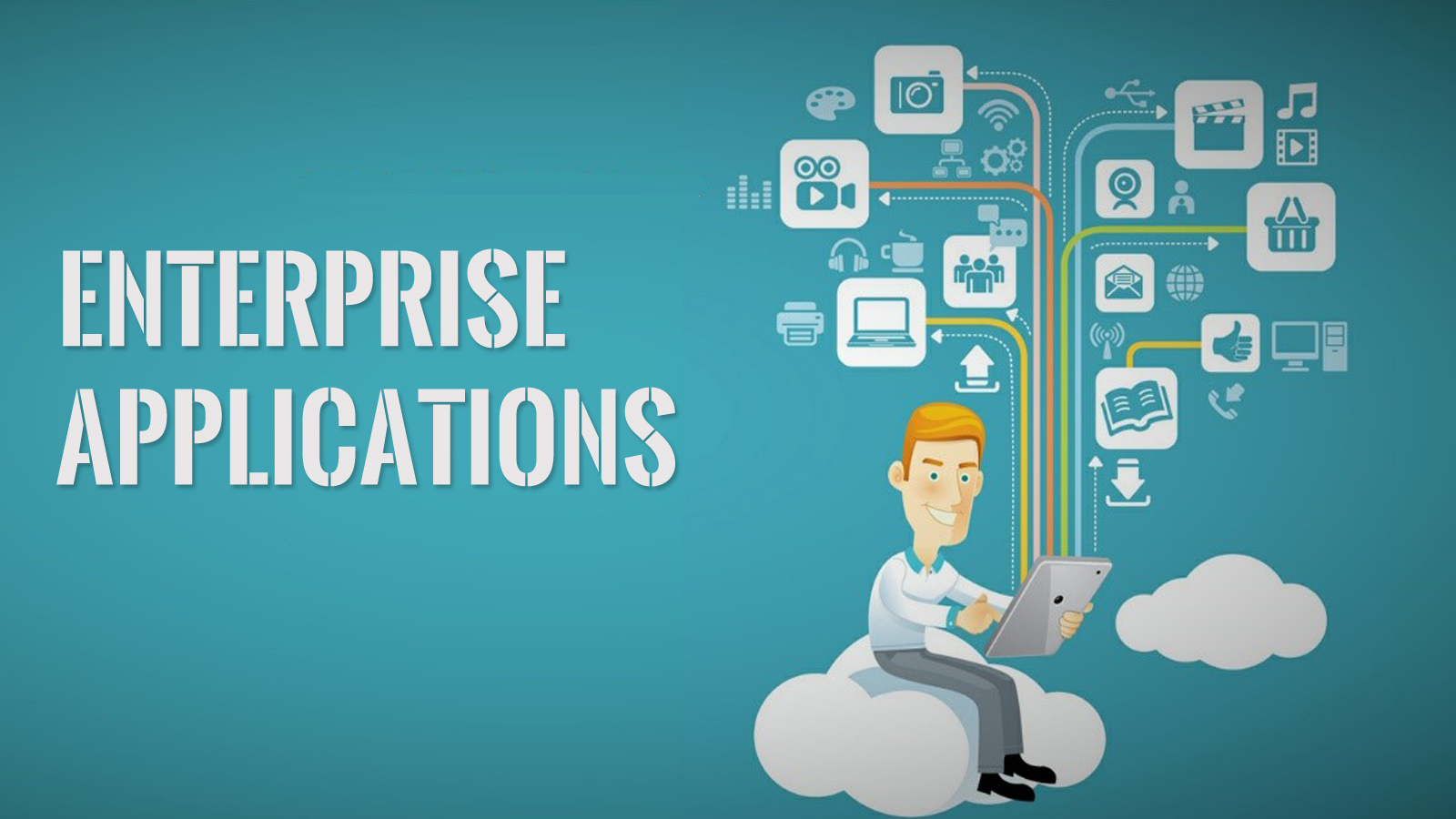Tech
How To Make A Good Enterprise Application?
Published
10 months agoon
By
Admin
Creating a good enterprise application requires careful planning, attention to detail, and a deep understanding of the specific needs of the business. The key to success lies in building an application that not only meets the requirements of the organization but also enhances productivity, efficiency, and user experience. In this article, we will explore the essential ingredients to make a good enterprise application that will drive positive outcomes for businesses.
1. Define Clear Objectives
Before diving into the development process, it is crucial to define clear objectives for the enterprise application. These objectives should be aligned with the business goals and strategies. Clearly articulated objectives will guide the development team throughout the process and ensure that the application truly serves the needs of the organization.
2. User-Centric Design
A good enterprise application should prioritize the user experience. User-centric design involves understanding the end-users’ needs, preferences, and workflows. Conducting thorough user research and usability testing will enable the development team to create an application that is intuitive, efficient, and easy to navigate.
3. Scalability and Flexibility
Enterprise applications need to be scalable and flexible to accommodate future growth, changes in technology, and evolving business requirements. Designing a modular architecture allows for easier updates and enhancements, without disrupting the overall functionality of the application. This flexibility ensures that the application can adapt to the organization’s changing needs even years after its initial implementation.
4. Integration with Existing Systems
Seamless integration with existing systems is essential for enterprise applications. Organizations typically have numerous software and hardware systems in place, such as databases, CRM systems, or ERP solutions. Integration ensures that the application can communicate and share data with these systems, providing a unified experience for users and avoiding duplication of efforts.
5. Robust Security Measures
Enterprise applications deal with sensitive and critical data, making security a top priority. The application should be equipped with robust security measures, such as encryption, access controls, and authentication protocols, to protect against unauthorized access, data breaches, and other security threats. Regular security audits and updates are also crucial to stay ahead of potential vulnerabilities.
6. Embrace Modularity
Building an enterprise application as a set of modular components offers numerous benefits. Modularity allows for easier maintenance, as changes can be made to specific modules without impacting the entire application. It also simplifies scalability and updates, as new features or enhancements can be added to individual modules without disrupting the overall system.
7. Maintainable and Well-Structured Code
A good enterprise application should have clean, well-structured, and maintainable code. Adhering to coding best practices, using design patterns, and adopting coding standards enable developers to collaborate effectively, detect and fix bugs efficiently, and enhance the application’s performance over time. A well-structured codebase also ensures that new developers can easily understand and contribute to the application’s ongoing development.
8. Continuous Testing and Quality Assurance
Thorough testing and quality assurance processes are essential to ensure the reliability, stability, and performance of an enterprise application. Implementing automated testing procedures, conducting various types of testing (including functional, integration, and performance testing), and involving end-users in the testing phase help identify and rectify any issues before deployment. Continuous monitoring and bug fixing after deployment are equally crucial.
9. Training and User Support
Providing adequate training and support to end-users is vital for the successful adoption and utilization of the enterprise application. The development team should create comprehensive training materials, conduct training sessions, and offer ongoing support to resolve any issues, answer questions, and ensure a smooth transition. Proactive user support and feedback mechanisms contribute to user satisfaction and continuous improvement of the application.
10. Regular Updates and Maintenance
Enterprise applications require regular updates and maintenance to keep pace with changing technologies, industry trends, and evolving business needs. Timely updates not only ensure that the application remains secure and up-to-date but also offer opportunities for optimization, bug fixes, and the addition of new features to enhance productivity and efficiency.
11. Collaboration with Stakeholders
Collaboration with key stakeholders, such as project managers, business analysts, and end-users, is crucial throughout the development process. Regular communication, feedback collection, and incorporating stakeholders’ insights ensure that the application aligns with the organization’s goals, meets user expectations, and delivers the desired outcomes. Involving stakeholders from the early stages also fosters a sense of ownership and commitment to the success of the application.
12. Continuous Improvement
A good enterprise application is never truly finished. It should be treated as an ongoing project that requires continuous improvement. Collecting user feedback, monitoring application performance, and analyzing user behavior can help identify areas for enhancement and future development. Regularly evaluating and incorporating user insights and industry best practices allows the application to evolve and stay ahead of the competition.
Conclusion
In conclusion, creating a good enterprise application is a multi-faceted process that requires a combination of technical expertise, user-centric design, robust security measures, and ongoing collaboration with stakeholders. By following these essential steps and incorporating best practices, organizations can develop powerful applications that optimize business processes, enhance productivity, and drive overall success.

Navigating the Indian Visa Process for UK and Canadian Citizens

Navigating the Indian Business Visa Application: Common Mistakes to Avoid

Navigating the Indian Visa Process: A Guide for Vietnamese and Zambian Citizens

Navigating the Indian Visa Process: A Guide for Vietnamese and Zambian Citizens

Navigating Visa Requirements: India for French Citizens and Canada for German Citizens

Guide to Obtaining a New Zealand Visa from Switzerland

Complete Guide to New Zealand Visa for Spanish Citizens

SAUDI ARABIA BUSINESS VISA RENEWAL

Indian Visa for Cruise Passengers

NEW ZEALAND VISA FOR CANADIAN CITIZENS

Navigating the Indian Visa Process for UK and Canadian Citizens

Navigating the Indian Business Visa Application: Common Mistakes to Avoid

Navigating the Indian Visa Process: A Guide for Vietnamese and Zambian Citizens

Navigating the Indian Visa Process: A Guide for Vietnamese and Zambian Citizens







